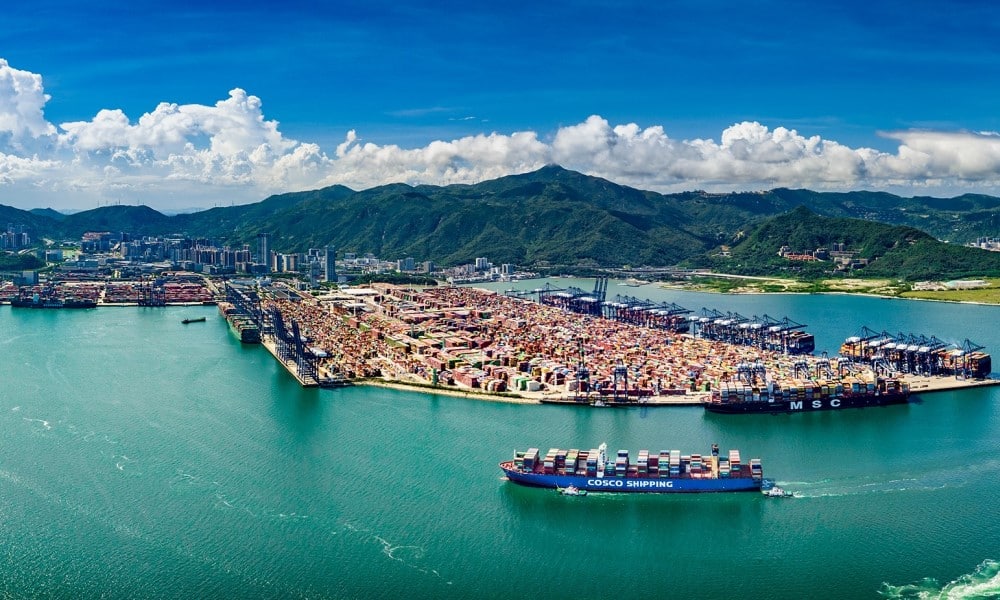COSCO splashes out in Shenzhen and Singapore with twin logistics bets
COSCO Expands Logistics Footprint in Asia

COSCO Container (Hong Kong), China’s largest container line, is ramping up its logistics operations both domestically and internationally. On September 15, the company announced major investments in the Pearl River Delta and Singapore’s Tuas megaport, signaling a strategic move to enhance its supply chain capabilities. This expansion includes the establishment of a joint venture aimed at creating a high-tech logistics hub in Shenzhen and a new facility in Singapore designed to integrate various supply chain services.
New Ventures in Shenzhen and Singapore
In Shenzhen, COSCO Container signed a joint venture agreement with COSCO Shipping Logistics (Guangzhou), Shenzhen Port Logistics Group, and CCCC Fourth Harbour to launch Shenzhen COSCO Shipping Smart Supply Chain. The venture will be backed by an initial investment of RMB1 billion (approximately $140 million), with COSCO Container holding a 37% stake. This facility will function as a key hub for collecting and distributing goods in Yantian, featuring advanced warehouses, cold chain storage, customs-supervised areas, and a multifunctional logistics park. COSCO aims for this project to enhance its digital supply chain ambitions and solidify its presence in the Pearl River Delta region.
Houthis Again Stage Multiple Attacks on Greek-Owned Delta Tanker
Simultaneously, COSCO announced a collaboration with PSA, the world’s largest transshipment operator, for the upcoming PSCH at Tuas Port in Singapore. The memorandum of understanding signed on the same day outlines plans for a state-of-the-art supply chain hub that is expected to open in 2027. This facility will encompass warehousing, cold storage, hazardous goods handling, and distribution services all under one roof within the Tuas Free Trade Zone. PSA views this joint venture as a significant step towards integrated supply chain services, while COSCO emphasizes its role in facilitating the movement of high-value goods throughout Southeast Asia, China, and the broader Asia-Pacific region.
